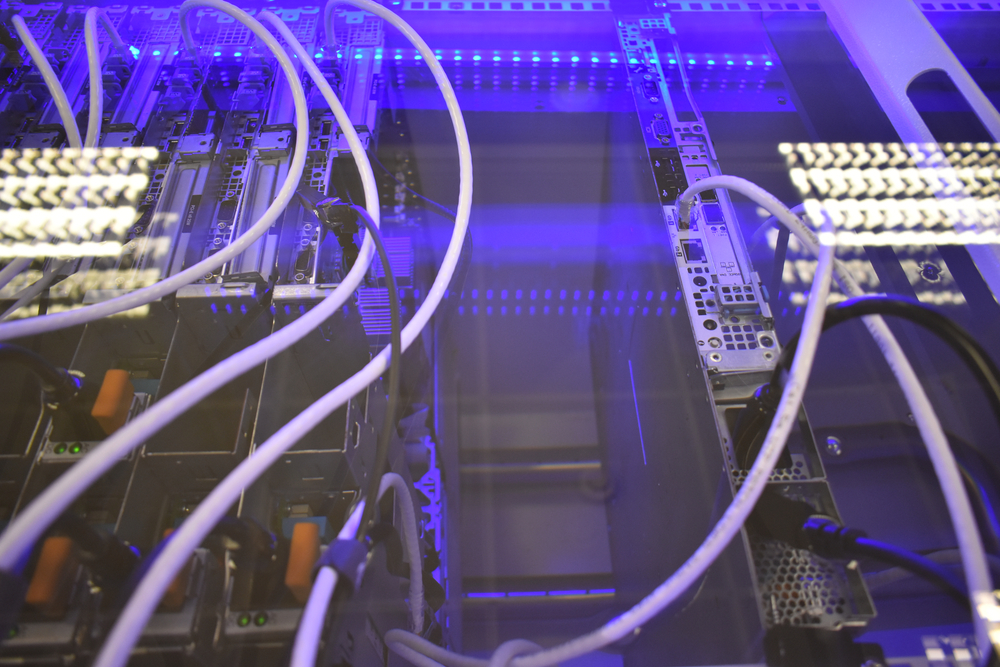Making Waves in the Tech World: The Dawn of Underwater Data Centers
In the ever-evolving landscape of technological innovation, we often find ourselves looking to the skies for the next big thing. From drones to satellite internet, it seems as if the future of tech is destined to be airborne. But what if we're looking in the wrong direction? What if, instead of looking up, we need to be gazing into the depths of the ocean? Enter underwater data centers, a concept that may sound like science fiction, but is rapidly becoming a reality.

Going Deep: The Birth of Underwater Data Centers
The idea of housing servers underwater might seem outlandish at first, but when you consider the advantages, it begins to make sense. Data centers demand a lot of power, not just to run the servers, but also to keep them cool. Traditional on-land data centers are notorious energy hogs, with cooling systems that gulp down electricity. Underwater data centers, however, use the surrounding seawater for natural cooling, drastically reducing energy consumption.
The concept first made headlines in 2018 when Microsoft, as part of Project Natick, submerged a data center off the coast of Scotland. The server-filled cylinder lived underwater for two years, and when it was finally retrieved in 2020, it was found that the servers had a failure rate eight times lower than those on land.
Current Affairs: The State of Underwater Data Centers
Underwater data centers are still in their nascent stages, but the results from Microsoft’s Project Natick have been promising. The fact that the underwater servers had a significantly lower failure rate is particularly encouraging. It suggests that the harsh, corrosive factors often faced by on-land data centers—such as oxygen and humidity—were virtually eliminated underwater.
Microsoft isn’t the only company exploring underwater data centers. In 2020, a startup called Nautilus Data Technologies launched its own aquatic data center in California. Unlike Microsoft’s project, which was entirely submerged, Nautilus’ data center floats on the surface of the water, using the surrounding seawater to cool its servers.
The Price of Progress: Cost and Market Impact
Given their energy efficiency and lower failure rates, underwater data centers could revolutionize the way we store and manage data. However, the cost and practicality of deploying and maintaining these aquatic servers remain significant barriers.
Microsoft has not publicly disclosed the cost of Project Natick, but it’s safe to assume that submerging and retrieving a server-filled cylinder from the seabed didn’t come cheap. On the other hand, Nautilus’ approach, with its surface-floating data center, is likely less costly but may face issues with scalability.
Despite these challenges, the potential market impact of underwater data centers is substantial. If their energy efficiency and reliability can be proven at scale, they could disrupt the $200 billion global data center market, particularly in regions with access to cool bodies of water.
The Future Below: Looking Ahead
As we brace ourselves for an increasingly data-driven future, the demand for efficient, reliable data centers is only set to increase. Underwater data centers, with their promise of energy efficiency and reduced failure rates, offer an exciting solution.
However, the journey to widespread adoption is far from straightforward. Questions about environmental impact, cost, and the practicality of deployment and maintenance remain. Despite these hurdles, the concept of underwater data centers has made a splash in the tech world, and it’s a wave that’s only likely to grow bigger.
The tech landscape is always changing, and it’s often the most out-of-the-box ideas that end up making the biggest impact. So, while we continue to reach for the stars, let’s not forget to explore the possibilities that lie beneath the waves. After all, the future of tech might just be underwater.




